A. P. Prudnikov, K.A. Skórnik9781584886495, 1584886498
Combining the best features of a textbook and a monograph, this volume presents an introduction to operational calculus, integral transforms, and generalized functions, the backbones of pure and applied mathematics. The text examines both the analytical and algebraic aspects of operational calculus and includes a comprehensive survey of classical results while stressing new developments in the field. Among the historical methods considered are Oliver Heaviside’s algebraic operational calculus and Paul Dirac’s delta function. Other discussions deal with the conditions for the existence of integral transforms, Jan Mikusiński’s theory of convolution quotients, operator functions, and the sequential approach to the theory of generalized functions.
Benefits…
· Discusses theory and applications of integral transforms
· Gives inversion, complex-inversion, and Dirac’s delta distribution formulas, among others
· Offers a short survey of actual results of finite integral transforms, in particular convolution theorems
Because Operational Calculus and Related Topics provides examples and illustrates the applications to various disciplines, it is an ideal reference for mathematicians, physicists, scientists, engineers, and students.
Table of contents :
Operational Calculus and Related Topics……Page 1
Dedication……Page 3
Contents……Page 4
Preface……Page 8
List of Symbols……Page 11
Table of Contents……Page 0
1.1 Introduction to Operational Calculus……Page 13
1.2 Integral Transforms – Introductory Remarks……Page 17
1.3.1 Definition and Basic Properties……Page 20
1.3.2 Examples……Page 23
1.3.3 Operational Properties……Page 25
1.3.4 The Inversion Formula……Page 29
1.3.5 Applications……Page 33
1.4.1 Definition and Basic Properties……Page 39
1.4.2 Examples……Page 43
1.4.3 Operational Properties……Page 45
1.4.4 The Complex Inversion Formula……Page 49
1.4.5 Inversion Methods……Page 52
1.4.6 Asymptotic Behavior……Page 56
1.4.7 Remarks on the Bilateral Laplace Transform……Page 59
1.4.8 Applications……Page 61
1.5.1 Definition and Basic Properties……Page 67
1.5.2 Operational Properties……Page 70
1.5.3 The Complex Inversion Formula……Page 74
1.5.4 Applications……Page 75
1.6.1 Definition and Basic Properties……Page 79
1.6.2 Operational Properties……Page 82
1.6.3 Asymptotics……Page 85
1.6.4 Inversion and Application……Page 87
1.7.1 Definition and Basic Properties……Page 90
1.7.2 Operational Properties……Page 93
1.7.3 Applications……Page 95
1.8 Bessel Transforms……Page 96
1.8.1 The Hankel Transform……Page 97
1.8.2 The Meijer (K-) Transform……Page 105
1.8.3 The Kontorovich–Lebedev Transform……Page 112
1.8.4 Application……Page 118
1.9 The Mehler–Fock Transform……Page 119
1.10.1 Introduction……Page 127
1.10.2 The Chebyshev Transform……Page 128
1.10.3 The Legendre Transform……Page 134
1.10.4 The Gegenbauer Transform……Page 143
1.10.5 The Jacobi Transform……Page 149
1.10.6 The Laguerre Transform……Page 156
1.10.7 The Hermite Transform……Page 165
2.1 Introduction……Page 174
2.2 Titchmarsh’s Theorem……Page 178
2.3.1 Ring of Functions……Page 191
2.3.2 The Field of Operators……Page 196
2.3.3 Finite Parts of Divergent Integrals……Page 201
2.3.4 Rational Operators……Page 212
2.3.5 Laplace Transformable Operators……Page 216
2.3.6 Examples……Page 224
2.3.7 Periodic Functions……Page 228
2.4.1 Sequences and Series of Operators……Page 230
2.4.2 Operator Functions……Page 237
2.4.4 Properties of the Continuous Derivative of an Operator Function……Page 240
2.4.5 The Integral of an Operator Function……Page 243
2.5.1 Regular Operators……Page 247
2.5.2 The Realization of Some Operators……Page 250
2.5.3 Efros Transforms……Page 253
2.6.1 Ordinary Differential Equations……Page 258
2.6.2 Partial Differential Equations……Page 269
3.1 Introduction……Page 281
3.2.1 Introduction……Page 282
3.2.2 Distributions of One Variable……Page 284
The Space D(R)……Page 285
Definition and Examples of Distributions……Page 286
3.2.3 Distributional Convergence……Page 289
3.2.4 Algebraic Operations on Distributions……Page 290
Differentiation of Distributions……Page 291
Linear Transformations of an Independent Variable……Page 295
The Antiderivative of a Distribution……Page 296
3.3.1 The Identification Principle……Page 297
3.3.2 Fundamental Sequences……Page 299
3.3.3 Definition of Distributions……Page 307
3.3.4 Operations with Distributions……Page 310
Properties of Algebraic Operations on Distributions……Page 312
3.3.5 Regular Operations……Page 313
The Following Operations Are Regular:……Page 314
3.4.1 Definition and Properties……Page 321
3.4.2 Distributions as a Generalization of Continuous Functions……Page 327
3.4.3 Distributions as a Generalization of Locally Integrable Functions……Page 330
3.4.4 Remarks about Distributional Derivatives……Page 332
3.4.5 Functions with Poles……Page 335
3.4.6 Applications……Page 336
3.5.1 Sequences of Distributions……Page 342
3.5.2 Convergence and Regular Operations……Page 349
3.5.3 Distributionally Convergent Sequences of Smooth Functions……Page 351
3.5.4 Convolution of Distribution with a Smooth Function of Bounded Support……Page 354
3.5.5 Applications……Page 356
3.6.1 Inner Product of Two Functions……Page 357
3.6.2 Distributions of Finite Order……Page 360
3.6.3 The Value of a Distribution at a Point……Page 362
3.7.1 Definition……Page 365
Historical Remarks……Page 366
3.7.2 The Integral of Distributions……Page 367
Differentiation of a Piecewise Continuous Function……Page 374
Distributions with a One-Point Support……Page 377
Applications……Page 378
1. Convolution of Two Smooth Functions……Page 379
2. Convolution of Two Distributions……Page 380
3. Properties of Convolution of Distributions……Page 382
3.7.4 Multiplication of Distributions……Page 385
Properties of the Product……Page 386
On the Associativity of the Product……Page 388
Nonexistence of δ2……Page 389
The Product x · 1x……Page 390
3.8.1 Definition of the Hilbert Transform……Page 391
3.8.2 Applications and Examples……Page 393
References……Page 398
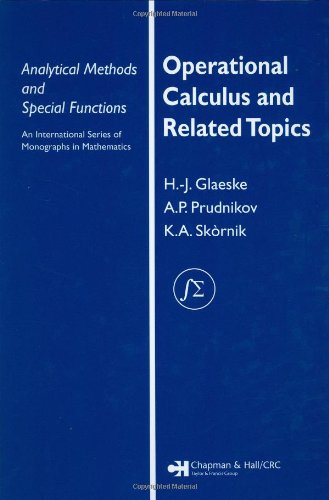
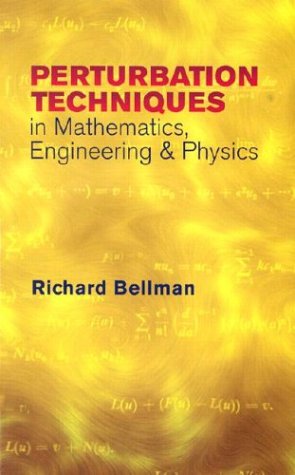

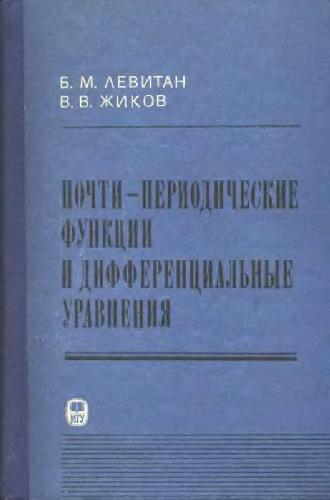
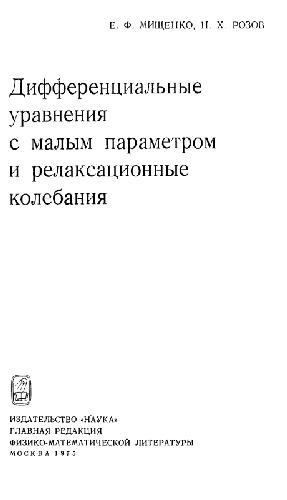
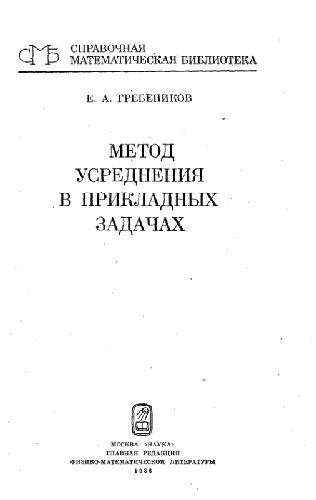
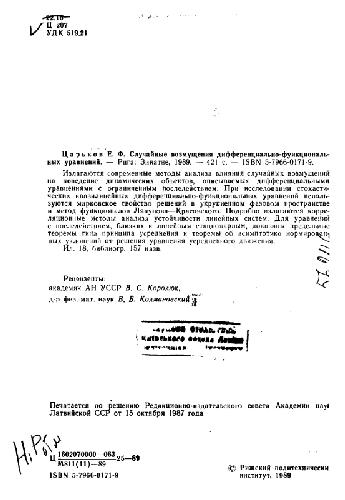
Reviews
There are no reviews yet.